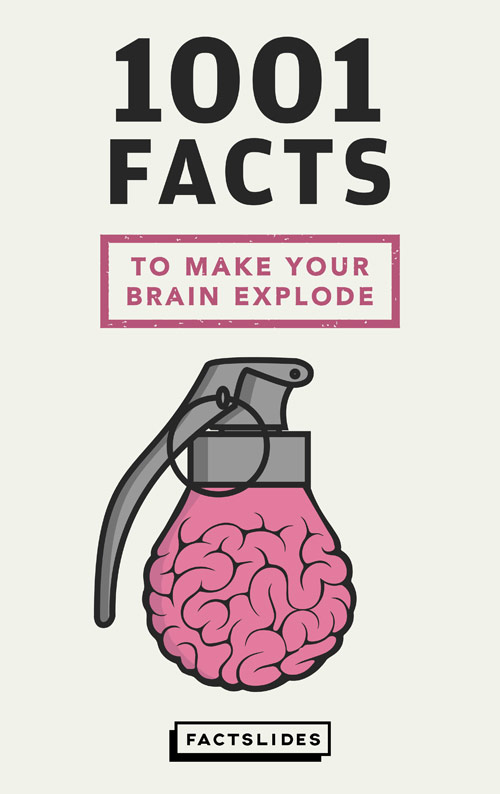-
A day on Venusis longer than its year.♦ SOURCE♺ SHARE
-
Of all the solar system's planets, Venus is the closest to a twin of Earth, with a similar size, orbit and composition.♦ SOURCE♺ SHARE
-
Floating cities above the clouds of Venus may be our best bet for becoming a two-planet species. Conditions there are so similar to Earth a human wouldn't need a pressurized suit, the gravity is similar and transit times are shorter than to Mars.♦ SOURCE♺ SHARE
-
It snows metalon planet Venus.♦ SOURCE♺ SHARE
-
The surface gravities of Venus, Saturn, Uranus, and Neptune are all quite similar (within 15%) to Earth's.♦ SOURCE♺ SHARE
-
There are 5 planets you can see with the naked eye, not using a telescope: Mercury, Venus, Mars, Jupiter and Saturn.♦ SOURCE♺ SHARE
-
Your voice would be deeper on Venus because its dense atmosphere would cause your vocal cords to vibrate more slowly.♦ SOURCE♺ SHARE
-
The Soviets landed a spacecraft on Venus in 1970. It became the first to land on another planet and the first to transmit data from there back to Earth.♦ SOURCE♺ SHARE
-
Venus has more volcanoes than any other planet in the solar system, with over 1600.♦ SOURCE♺ SHARE
-
Temperatures in Venus can reach a 870 degrees Fahrenheit (470 degrees Celsius).♦ SOURCE♺ SHARE
-
Winds howl across Venus at super-fast speeds that can reach 450 mph (724 kph) in its middle cloud layer.♦ SOURCE♺ SHARE
-
The air pressure on the surface of
Venus is extreme: about 90 times higher than the pressure
at sea level here on Earth.♦ SOURCE♺ SHARE -
In about 5 billion years, the Sun will deplete its supply of hydrogen and helium, turning into a red giant star, consuming Mercury and Venus and maybe even Earth.♦ SOURCE♺ SHARE
-
Venus spins in the opposite direction from most other planets so that on Venus the sun rises in the west.♦ SOURCE♺ SHARE
-
No man-made object has survived on Venus for more than 127 minutes.♦ SOURCE♺ SHARE



















